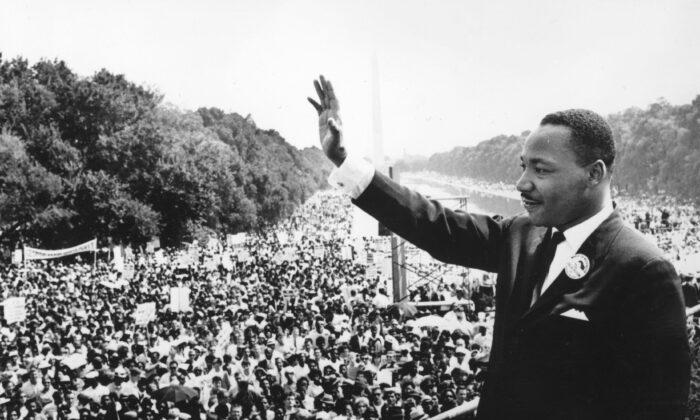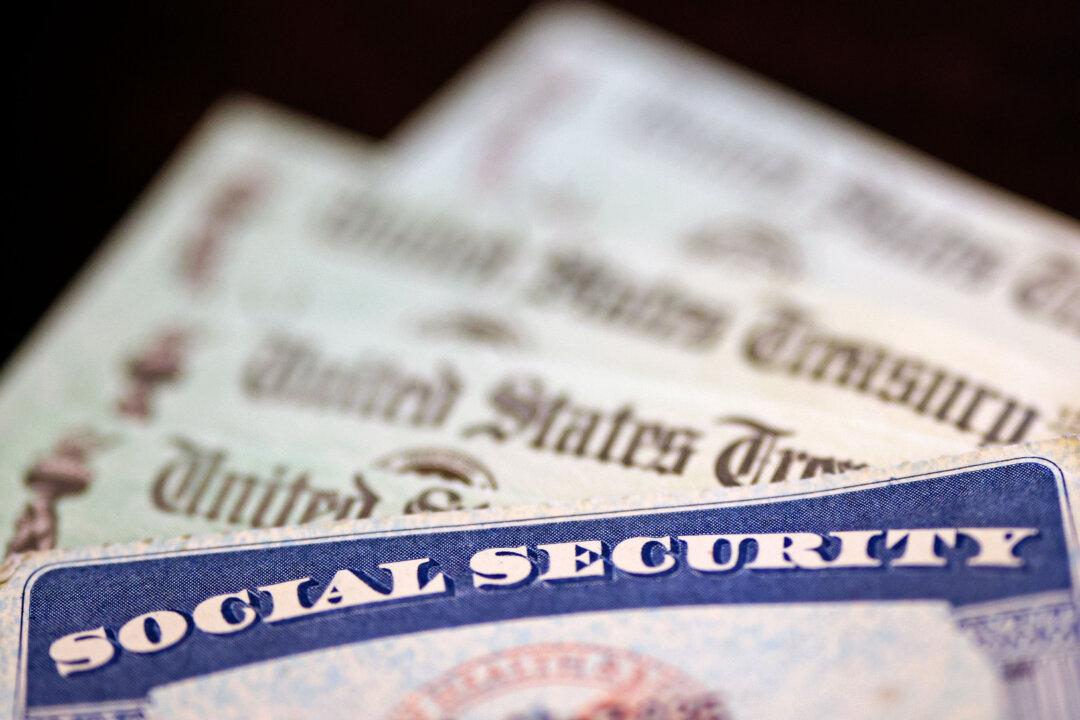President Joe Biden has made his bid for a second term official, and the first big news following the announcement is his latest approval rating released by Gallup. It shows Biden’s approval reaching a new low in his presidency—37 percent.
But let’s take a quick look at history before Republicans start celebrating.
Gallup shows Biden’s approval rating average for the latest quarter of his presidency, his ninth, at 39.7 percent. Gallup also shows where each president post-World War II stood in approval at the same time in their presidency.
The highest was President George H.W. Bush, whose ninth quarter average stood at 82.7 percent. The lowest was President Ronald Reagan, whose ninth quarter average stood at 38.8 percent.
But despite President George H.W. Bush soaring in the polls in his ninth quarter, a year and half later, he was defeated in his reelection bid by challenger Bill Clinton. And Reagan, despite tanking in approval ratings in his ninth quarter, went on a year and half later to recapture the presidency, defeating challenger Walter Mondale, in a massive landslide victory in which Reagan captured 49 of 50 states.
What lessons might be learned?
One, of course, is that political life is highly volatile and predicting what will be from one moment to the next is almost impossible. So, the lesson regarding predicting what will be in 2024 is that it is far too early to know—regardless of what polls say.
A second lesson might be the importance that candidates are honest and true to their stated convictions. Don’t tell voters what you think they want to hear. Tell them what you believe is true.
Bush pledged in 1988 at the Republican nominating convention “no new taxes.” Then, early into his presidency, he agreed to a budget deal with Democrats that included tax increases. Many believe his failure to get reelected stemmed from his betrayal of this pledge to his party.
Reagan, on the other hand, never budged an inch off his plans, promises and principles.
He was elected in 1980 during terrible economic conditions of so-called stagflation—high inflation and low economic growth. Reagan knew tough medicine had to be delivered to turn things around. His Federal Reserve chairman, Paul Volcker, clamped down on money to get inflation under control, despite this plunging the economy into recession.
Meanwhile, Reagan shepherded through major legislation to cut spending and taxes.
The recession resulting from the bitter monetary medicine clobbered Reagan in the polls. But he weathered the storm, refusing to budge on principles. And it paid off. The medicine worked, the economy bounced back in a major way, and Reagan won a landslide reelection victory.
The Republican field of candidates for 2024 is growing.
The difference between Democrats and Republicans today is that among Democrats, there is unity. There are, of course, legitimate concerns among Democrats about Biden’s age. But there is no question regarding support for what he stands for. Even socialist Bernie Sanders, who opposed him the 2020 primaries, has endorsed him.
Democrats don’t care about fiscal and moral profligacy. They like it and are not afraid to say it. This is who they are.
But Republicans continue to be all over the place despite the very deep, clear and, yes, dangerous problems confronting the nation.
We are drowning in government spending and debt with sluggish economic growth. Our big entitlement programs—Social Security and Medicare—are broken. Making them bigger with more government is not the answer. Real reform is. Our public education system is broken. We need parental choice. And our families are broken. We need real love, personal responsibility, traditional values, and reverence for the sanctity of life.
The biggest favor that can be done for American voters is to offer them a clear choice between liberal and conservative visions in 2024. Democrats are doing their part. It’s time for Republicans to step up.





